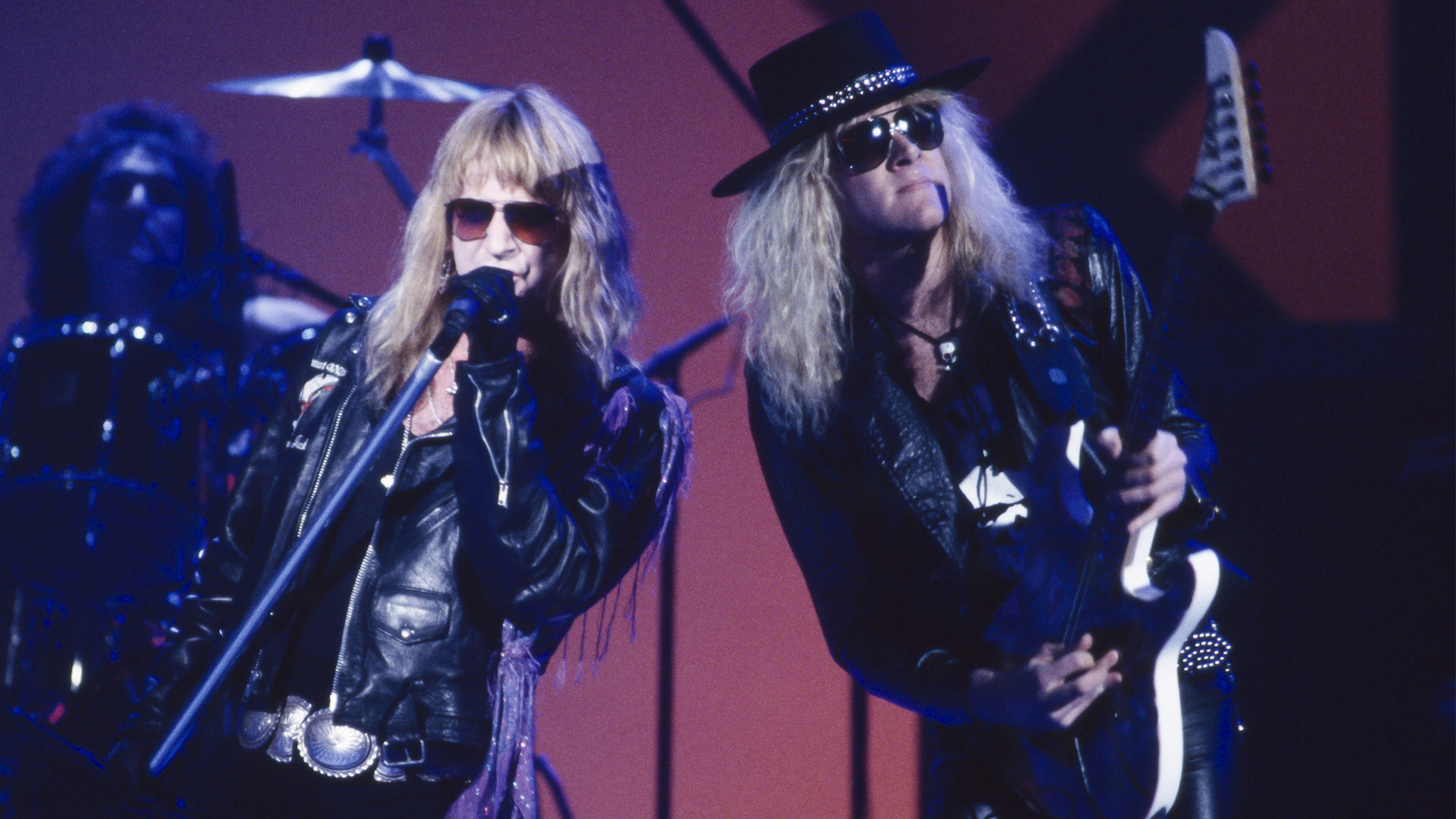“Once You Could Get Your Ideas Across to Him, He Could Make It”: Bill Carson on Designing the Strat With Leo Fender
The "test pilot of the Stratocaster" explains how the world’s most popular solidbody electric came into being in this revealing interview.
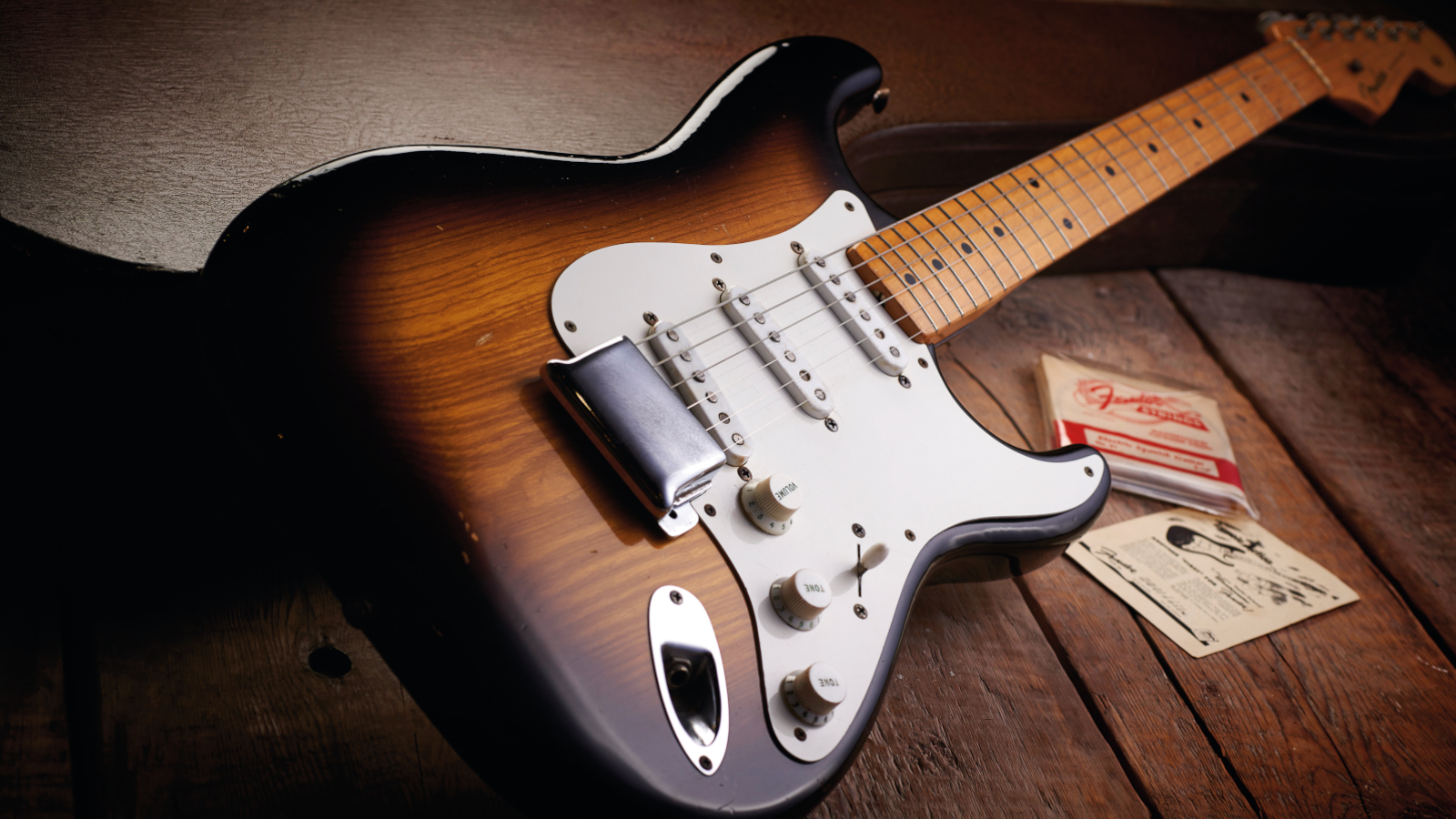
On this day, in 1909, Clarence Leonadis Fender – better known as Leo Fender – was born in California.
A naturally inquisitive child, he was always on the lookout for things to repair and showed a strong interest in music, becoming a competent saxophone player in his teens.
Leo’s fascination with electronics arose while he was a teenager and he soon began building and repairing radios.
In the late ‘30s, the enterprising young man set up his own business in Fullerton, CA: the Fender Radio Repair Service.
Business was good in the radio repair business and Leo’s shop became a hangout for local musicians who would often ask him to repair their electric lap steels and tube amplifiers.
In the early ‘40s, a multi-talented musician by the name of Doc Kaufmann dropped by to have his amp repaired and the two struck up a close working relationship.
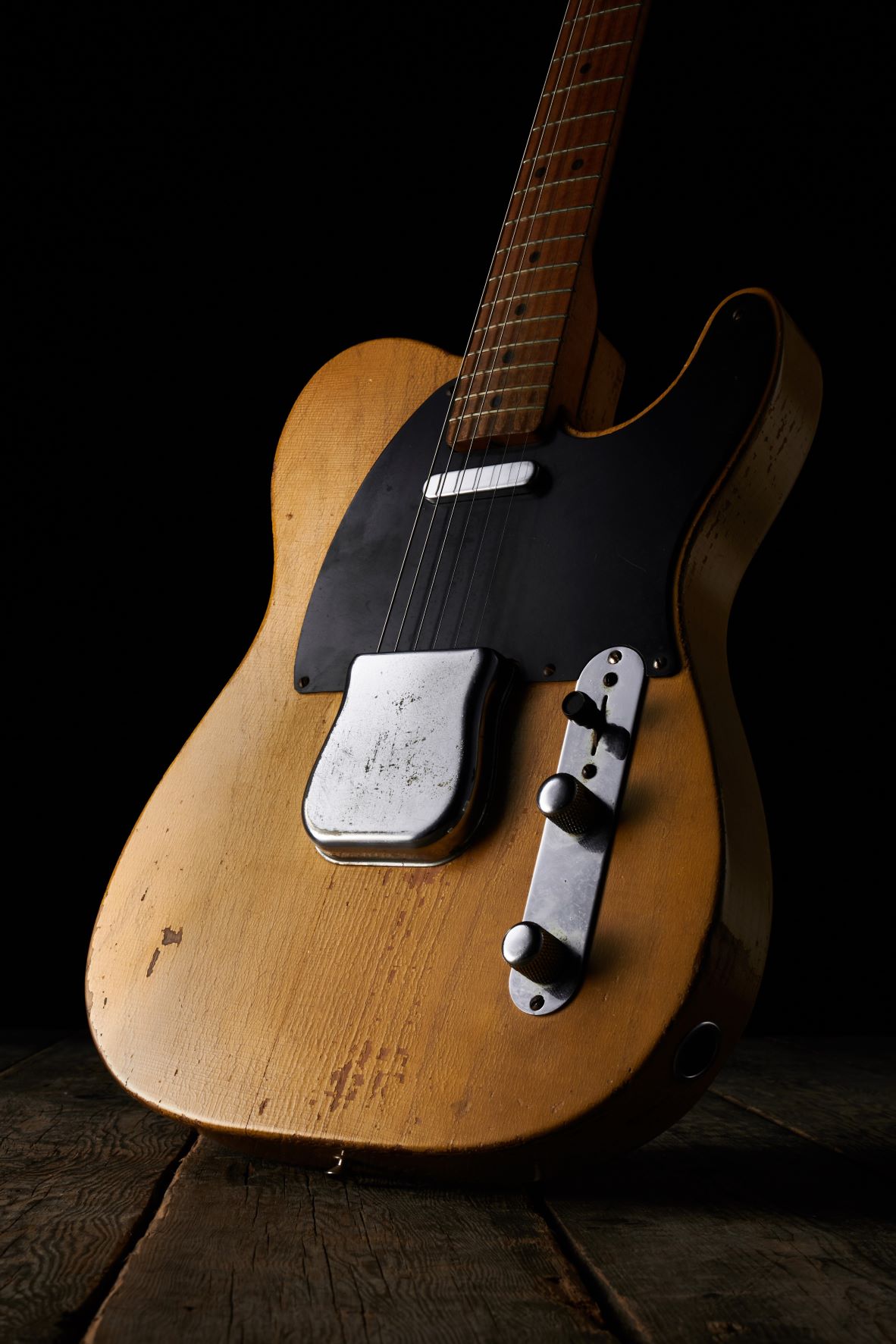
Launching the K&F (Kaufmann and Fender) company in 1945, the pair set about manufacturing their own brand of lap steels and amps.
All the latest guitar news, interviews, lessons, reviews, deals and more, direct to your inbox!
However, by the following year, Kaufmann amicably bowed out of the business. Around the same time, sales exec Don Randall came on board while aiming to take the fledgling instrument building firm to the next level.
From this point forward, Leo’s products were branded Fender. Built from 1946, the seminal ‘woodie’ amplifiers and lap steels bear the familiar model names Princeton and Deluxe.
Within a few years, the Fender operation had grown significantly and Leo turned his attention to designing his own version of an electric Spanish model.
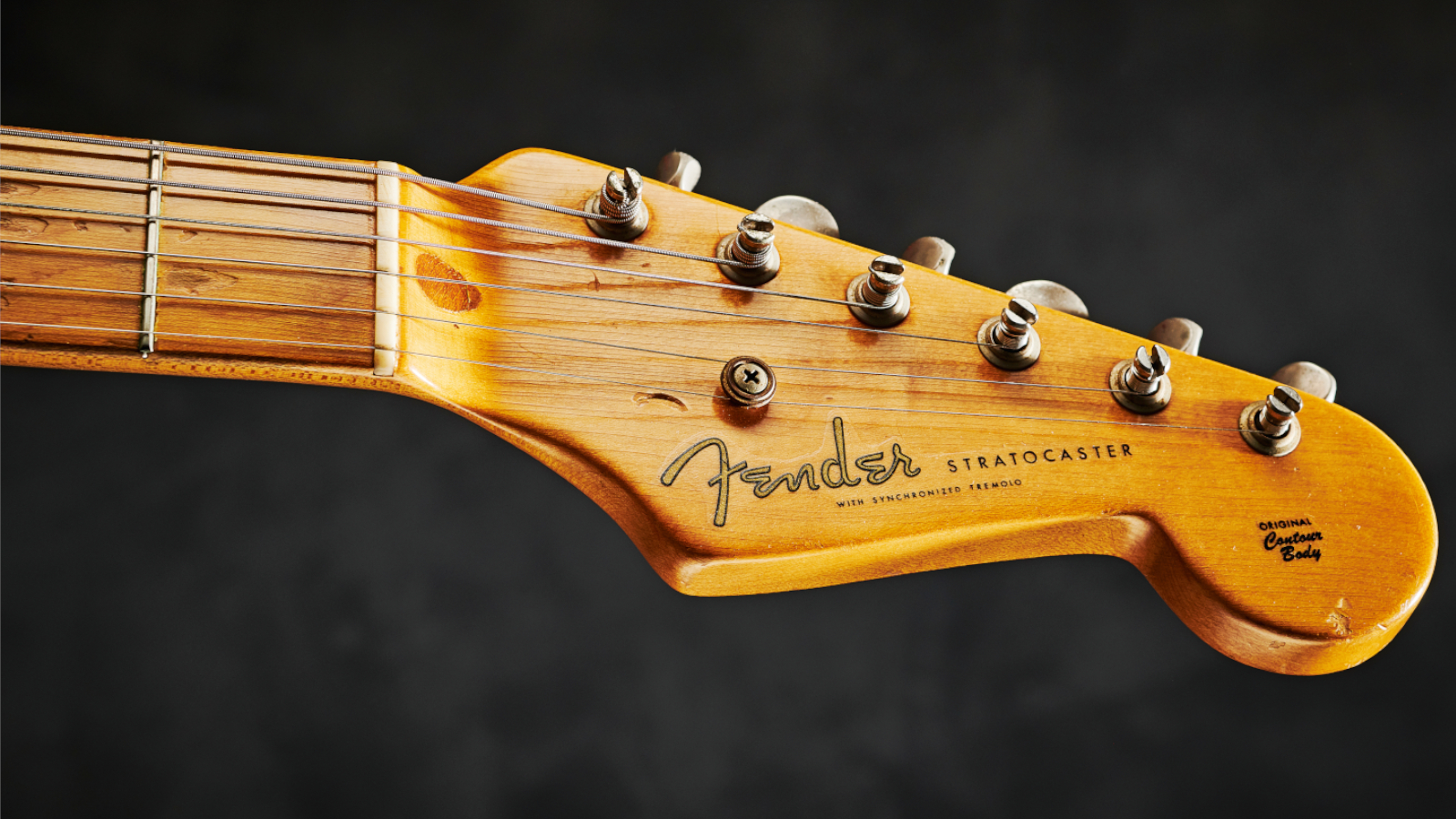
The popularity of electric Spanish guitars boomed in the post-war period and in 1949 he began to develop what would eventually become the Esquire.
Regarded as the first mass produced solidbody electric guitar, the Esquire was released in spring 1950.
It was joined by the dual pickup Broadcaster later that year (renamed the Telecaster in 1951.)
Leo was known to work closely with local musicians when developing new instruments, doing his utmost to get it right from the beginning.
Suffice to say, those original designs still prove popular today.
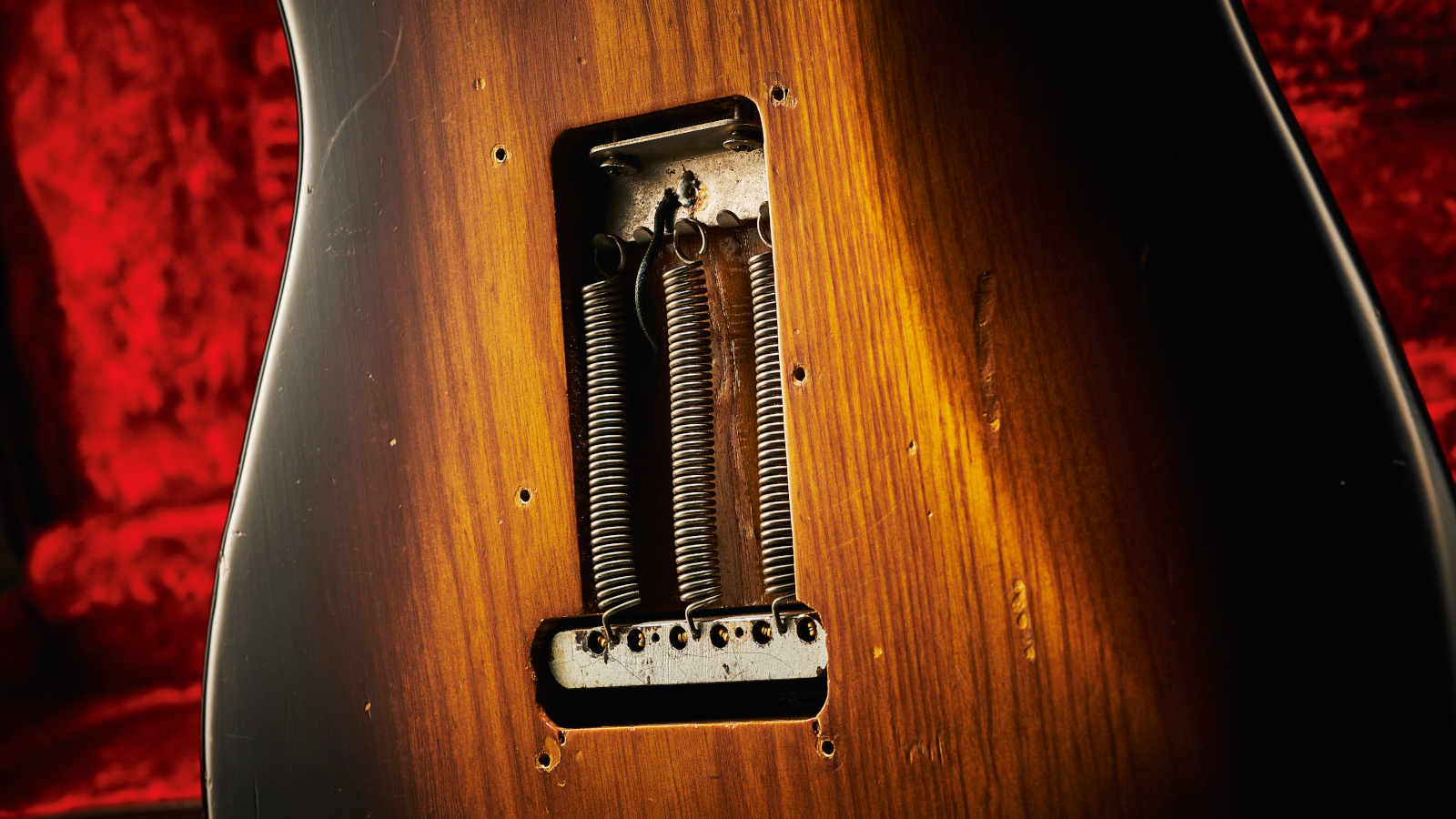
And in this fascinating interview, guitarist Bill Carson (1926-2007) explains how he helped Leo design his next great feat: the Stratocaster.
Evolving from the Tele, the Strat’s body contours and tremolo were its USP, as declared on the headstock decals that read, “original contour body” and “with synchronized tremolo.”
“Originally it was called Carson’s Guitar,” reveals the western swing legend. “I wanted something more than the Broadcaster (later called a Telecaster.)
“It had some things that didn't appeal to me, and I sawed it up considerably and it became even uglier than what it was.”
Rod Brakes is a music journalist with an expertise in guitars. Having spent many years at the coalface as a guitar dealer and tech, Rod's more recent work as a writer covering artists, industry pros and gear includes contributions for leading publications and websites such as Guitarist, Total Guitar, Guitar World, Guitar Player and MusicRadar in addition to specialist music books, blogs and social media. He is also a lifelong musician.

